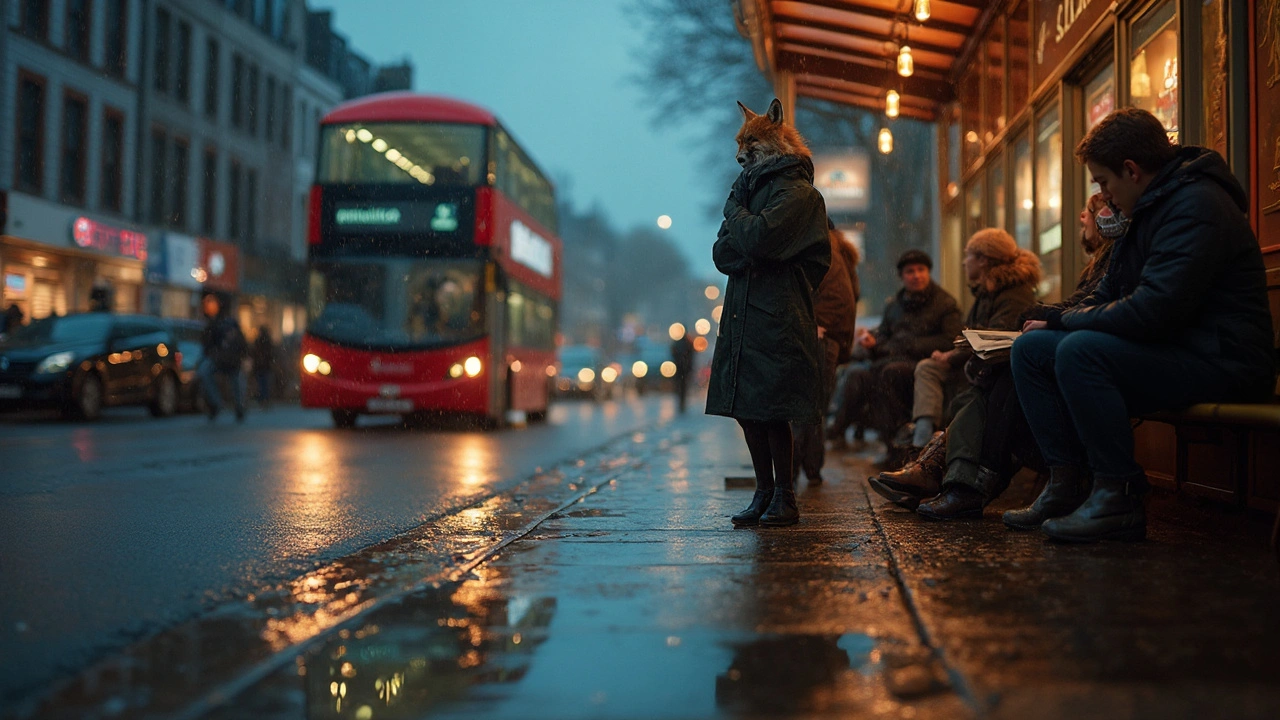Genre Trends Shaping Today’s Art World
If you scroll through Instagram or walk into a gallery, you’ll notice a handful of styles keeping the buzz alive. Those styles are the genre trends that artists, designers, and fans are talking about right now. Knowing what’s trending helps you spot fresh ideas, decide what to buy, or even try a new technique yourself.
Expressionism and Its Modern Spin
Expressionism started as a reaction against realistic painting. Artists used bold colors, distorted forms, and raw emotion to grab attention. Today the same energy shows up in street murals, digital art, and fashion graphics. The trick is to keep the feeling honest—use a limited palette, exaggerate gestures, and let the mood drive the piece. If you’re a beginner, start with a simple subject like a fruit bowl and paint it with exaggerated colors and loose brushwork. You’ll feel the same punch that early 20th‑century painters got.
Bauhaus Minimalism and Functional Design
Bauhaus taught that form follows function. That lesson is still alive in product design, web layouts, and interior décor. The trend pushes creators to strip away excess and focus on clean lines, neutral colors, and practical solutions. A quick way to apply this trend is to declutter a room: keep only furniture with clear purpose, choose a single accent color, and use geometric shelving. In graphic work, limit fonts to one or two, use a grid, and let white space breathe. The result feels modern without trying too hard.
Beyond those two, other genres are also making waves. Abstract Expressionism resurfaces in large‑scale canvases where the process itself becomes the star. Artists drip, splash, and scrape paint, then let viewers interpret the chaos. If you want a DIY version, grab a large sheet of paper, pour acrylics, and tilt the surface to let the colors flow. It’s messy, but the spontaneity is the point.
Photorealism is another hot trend, especially on social media where people love “so‑real‑it‑looks‑like‑a‑photo” images. The secret is patience and mastering light. Start with a simple object, study how shadows hit it, and build layers slowly. When done right, the piece can fool anyone into thinking it’s a snapshot.
Land art and environmental installations are gaining traction as cities look for green, immersive experiences. Artists use rocks, plants, and reclaimed materials to reshape public spaces. You can join the movement by turning a backyard garden into an art piece—arrange stones in a pattern, add low‑maintenance plants, and let the space become a living sculpture.
All these trends share a common thread: they’re grounded in strong ideas but allow personal interpretation. The best way to stay current is to experiment. Pick one trend a month, create something, share it, and see what resonates. You’ll quickly develop a feel for what’s fresh and what feels forced.
So, next time you scroll past a new wall mural or browse a design blog, ask yourself which genre trend is at play. Recognizing the pattern not only makes you a smarter collector or creator—it also keeps you connected to the pulse of visual culture.

